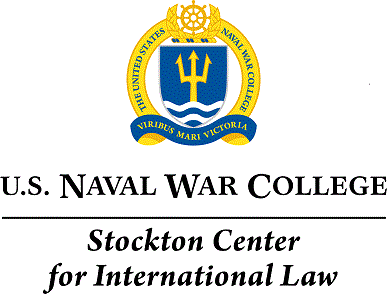
Abstract
This article examines how States are interpreting one aspect of the international law governing cyber activities, the jus ad bellum. The article focuses on two issues: (1) the prohibition on the use of force found in Article 2(4) of the UN Charter, and (2) the right of self-defense in Article 51. The critical unsettled question regarding the first issue is the threshold at which a hostile cyber operation can be characterized as a “use of force” subject to the prohibition of Article 2(4). Concerning the second issue, a number of unresolved questions plague the application of the right of self-defense in cyberspace. Most prominent among them is the analog to the use of force challenge, that is, determining when a cyber use of force in cyberspace crosses the “armed attack” threshold, thereby triggering the right of self-defense. Other key issues include anticipatory self-defense, attacks by non-State actors, and defensive operations into States that did not launch the underlying armed attack. The article does not seek to settle these matters. It merely identifies the current state of play to better inform State legal advisers and other concerned international lawyers on trends in the interpretation of the jus ad bellum that are apparent in State verbal practice. As national positions, the State material cited qualifies as opinio juris. Accordingly, it is normatively significant.
html
